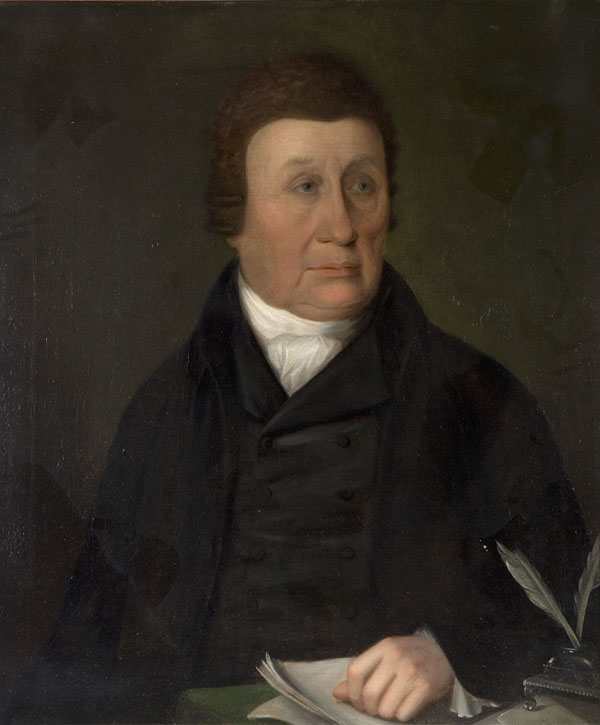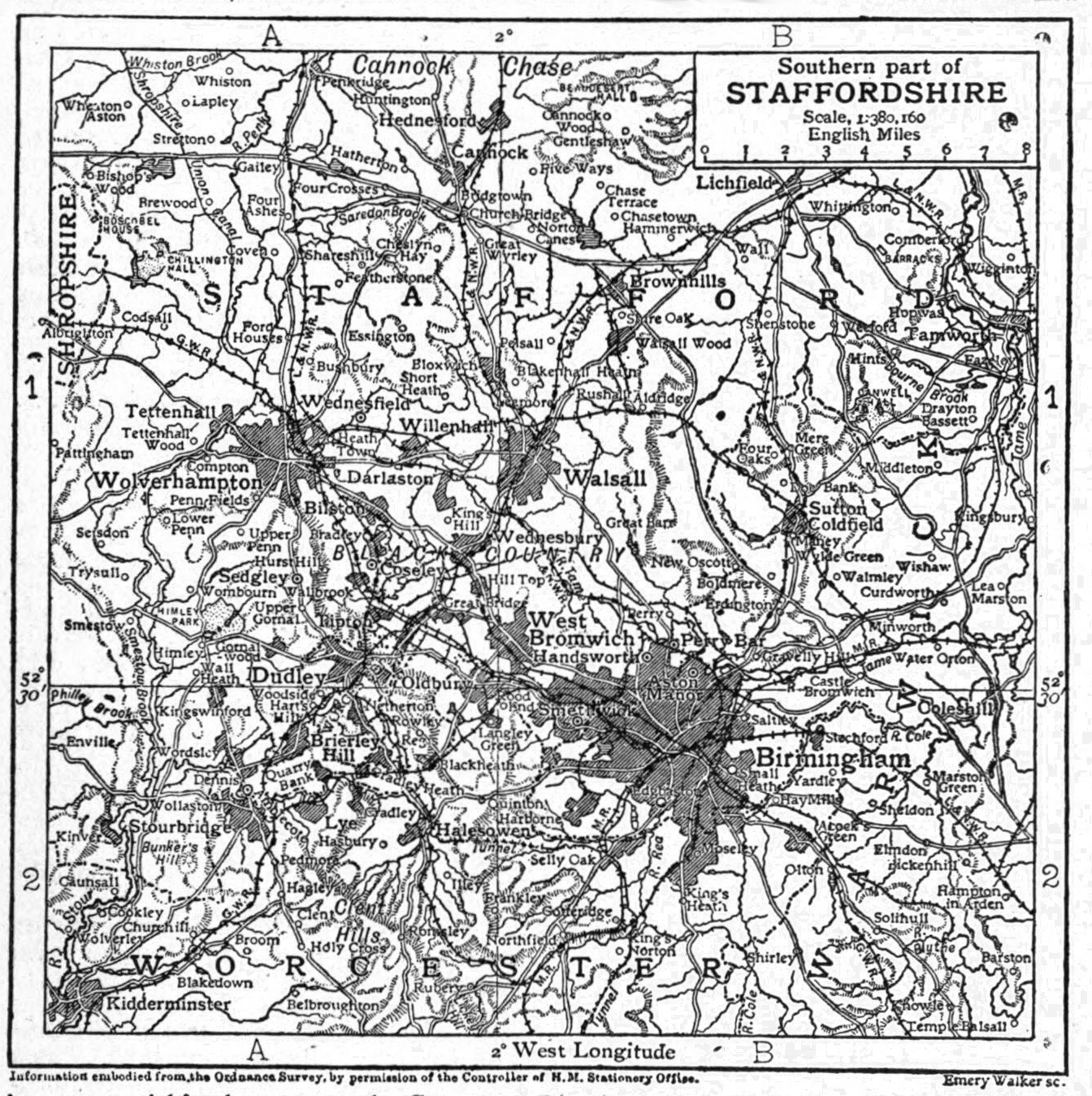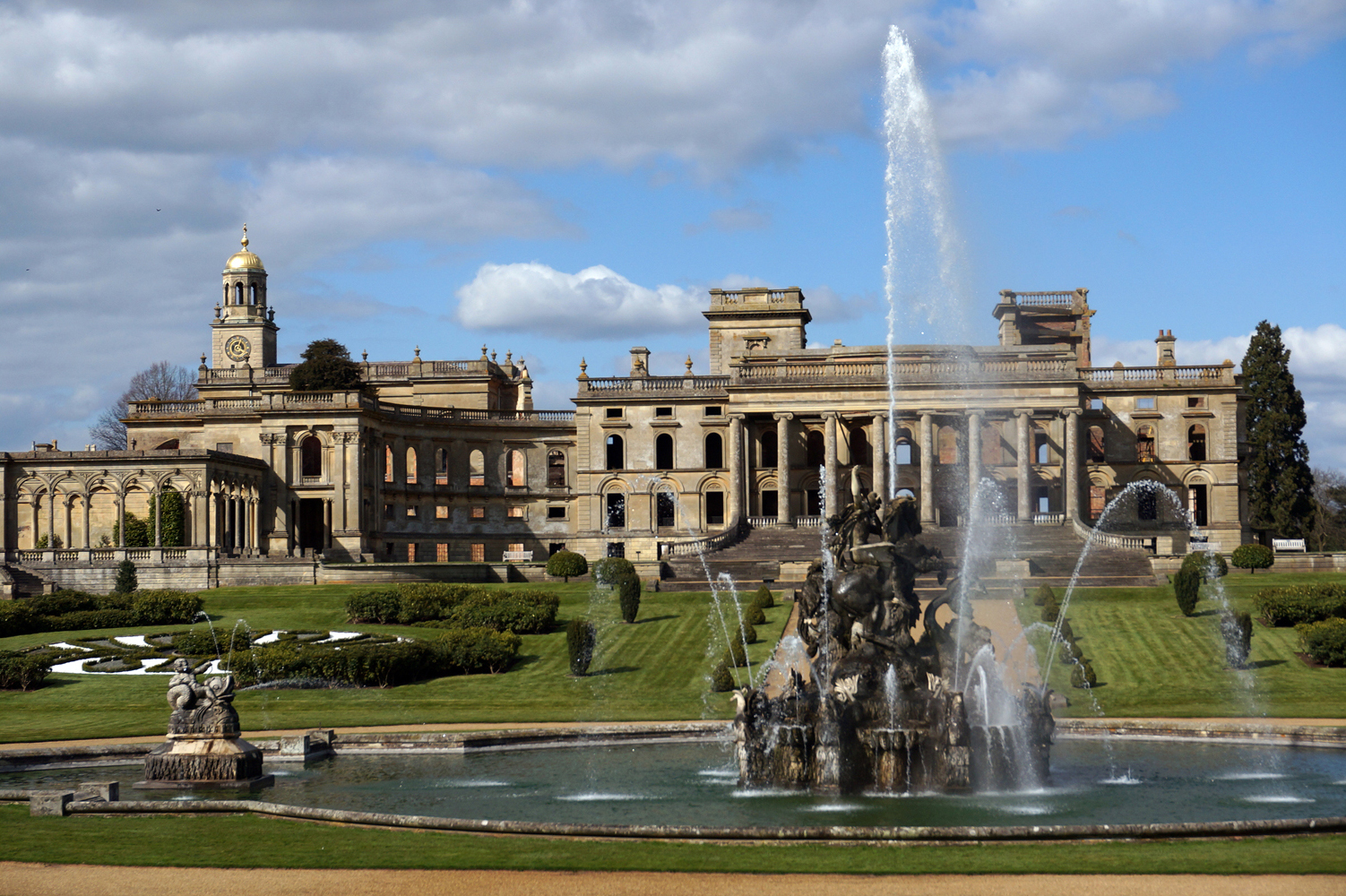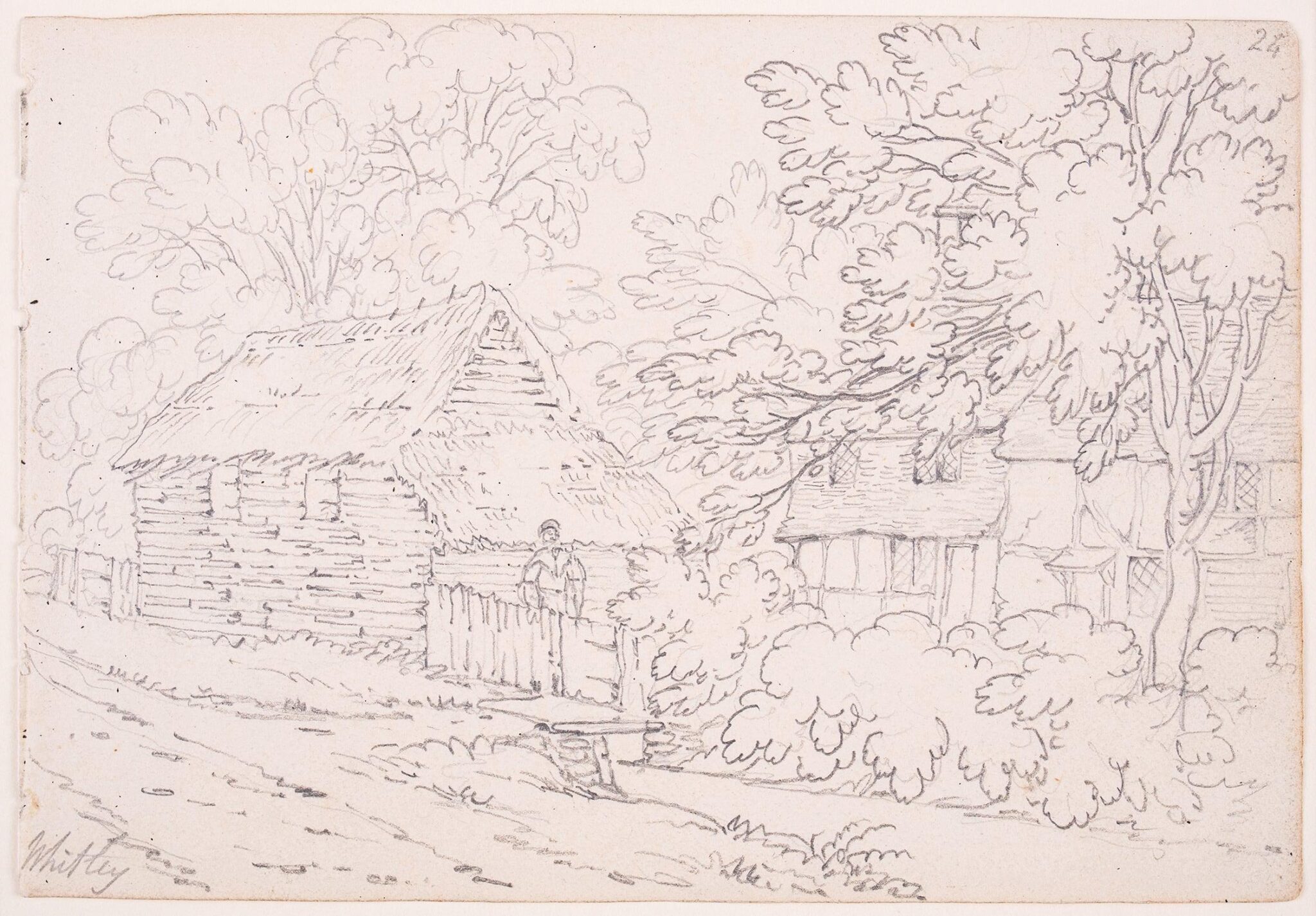|
Witley Court
Witley Court, Great Witley, Worcestershire, England is a ruined Italianate mansion. Built for the Foleys in the seventeenth century on the site of a former manor house, it was enormously expanded in the early nineteenth century by the architect John Nash for Thomas Foley, 3rd Baron Foley. The estate was later sold to the Earls of Dudley, who undertook a second massive reconstruction in the mid-19th century, employing the architect Samuel Daukes to create one of the great palaces of Victorian and Edwardian England. The declining fortune of the Dudleys saw the sale of the court after the First World War to a Kidderminster carpet manufacturer. In 1937 a major fire caused great damage to the court, the estate was broken up and sold and the house was subsequently stripped of its fittings and furnishings. Forty years of decay followed before the house and grounds were taken into the care of The Department of the Environment in 1972. Since that point, significant restoration and ... [...More Info...] [...Related Items...] OR: [Wikipedia] [Google] [Baidu] |
Great Witley
Great Witley is a village and civil parish (with Hillhampton), in the Malvern Hills District in the northwest of the county of Worcestershire, England. It is situated around ten miles to the north west of the city of Worcester. History There has been a settlement in the area since before the Norman Conquest. Great Witley was in the lower division of Doddingtree Hundred. Following the Poor Law Amendment Act 1834 Great Witley Parish ceased to be responsible for maintaining the poor in its parish. This responsibility was transferred to Martley Poor Law Union. The village is home to Witley Court, a Jacobean country house extended on a number of occasions throughout its history, but which became derelict after a spectacular fire in 1937. The mansion, formerly one of the finest in the Midlands, is now in the care of English Heritage, who describe it as their number one ruin. They have restored the extensive gardens leaving the impressive skeletal ruin of the building overlooki ... [...More Info...] [...Related Items...] OR: [Wikipedia] [Google] [Baidu] |
Ironmaster
An ironmaster is the manager, and usually owner, of a forge or blast furnace for the processing of iron. It is a term mainly associated with the period of the Industrial Revolution, especially in Great Britain. The ironmaster was usually a large scale entrepreneur and thus an important member of a community. He would have a large country house or mansion as his residence. The organization of operations surrounding the smelting, refining and casting of iron was labour-intensive, and so there would be numerous workers reliant on the furnace works. There were ironmasters (possibly not called such) from the 17th century onwards, but they became more prominent with the great expansion in the British iron industry during the Industrial Revolution. 17th century ironmasters (examples) An early ironmaster was John Winter (Royalist), John Winter (about 1600–1676) who owned substantial holdings in the Forest of Dean. During the English Civil War he cast cannons for Charles I of England ... [...More Info...] [...Related Items...] OR: [Wikipedia] [Google] [Baidu] |
Adelaide Of Saxe-Meiningen
, house = Saxe-Meiningen , father = Georg I, Duke of Saxe-Meiningen , mother = Princess Louise Eleonore of Hohenlohe-Langenburg , birth_date = , birth_place = Meiningen, Saxe-Meiningen, Holy Roman Empire , death_date = , death_place = Bentley Priory, Middlesex, England , burial_date = 13 December 1849 , burial_place = Royal Vault, St George's Chapel, Windsor Castle , signature = UK-Royal-Signature Adelaide.svg Adelaide of Saxe-Meiningen (Adelaide Amelia Louise Theresa Caroline; 13 August 1792 – 2 December 1849) was Queen of the United Kingdom and Hanover from 26 June 1830 to 20 June 1837 as the wife of King William IV. Adelaide was the daughter of Georg I, Duke of Saxe-Meiningen, and Luise Eleonore of Hohenlohe-Langenburg. Adelaide, the capital city of South Australia, is named after her. Early life Adelaide was born on 13 August 1792 at Meiningen, Thuringia, Germany, the eldest c ... [...More Info...] [...Related Items...] OR: [Wikipedia] [Google] [Baidu] |
Black Country
The Black Country is an area of the West Midlands county, England covering most of the Metropolitan Boroughs of Dudley, Sandwell and Walsall. Dudley and Tipton are generally considered to be the centre. It became industrialised during its role as one of the birth places of the Industrial Revolution across the English Midlands with coal mines, coking, iron foundries, glass factories, brickworks and steel mills, producing a high level of air pollution. The name dates from the 1840s, and is believed to come from the soot that the heavy industries covered the area in, although the 30-foot-thick coal seam close to the surface is another possible origin. The road between Wolverhampton and Birmingham was described as "one continuous town" in 1785. Extent The Black Country has no single set of defined boundaries. Some traditionalists define it as "the area where the coal seam comes to the surface – so West Bromwich, Coseley, Oldbury, Blackheath, Cradley Heath, Old Hill, B ... [...More Info...] [...Related Items...] OR: [Wikipedia] [Google] [Baidu] |
William Ward, 1st Earl Of Dudley
William Ward, 1st Earl of Dudley (27 March 1817 – 7 May 1885), known as The Lord Ward from 1835 to 1860, was a British landowner and benefactor. Background and education Ward was born on 27 March 1817 at Edwardstone, Boxford, Suffolk, England, the son of William Ward, 10th Baron Ward. His mother was Amelia, daughter of William Cooch Pillans. He was educated at Eton and at Christ Church, Oxford and Trinity College, Oxford. He played first-class cricket for Oxford University Cricket Club between 1838 and 1842. Career On 6 December 1835, he inherited the title of Lord Ward, when he became the 11th Baron Ward. His inheritance included Himley Hall and the ruins of Dudley Castle. In 1837 his trustees purchased the Witley Court estate in Worcestershire from Thomas Foley, 4th Baron Foley. Ward never held any political office, but served as Colonel Commander of the Worcestershire Yeomanry in 1854. Between 1859 and 1877 Ward paid for the entire refacing and restoration of Worcest ... [...More Info...] [...Related Items...] OR: [Wikipedia] [Google] [Baidu] |
Thomas Foley, 4th Baron Foley
Thomas Henry Foley, 4th Baron Foley of Kidderminster DL (11 December 1808 – 20 November 1869), was a British peer and Liberal politician. He held office in every Whig/ Liberal government between 1833 and 1869. Family and estate Foley was the son of Thomas Foley, 3rd Baron Foley, and Lady Lucy Anne FitzGerald. James FitzGerald, 1st Duke of Leinster, and Emily FitzGerald, Duchess of Leinster, were his maternal great-grandparents. Lord Foley married Lady Mary Charlotte Howard, daughter of Henry Howard, 13th Duke of Norfolk, in 1849. He died in November 1869, aged 60, and was succeeded in the barony by his eldest son Henry Foley. Lady Foley died in 1897. In 1837, he sold Witley Court and the heavily encumbered Great Witley estate to trustees of Lord Ward for £890,000. No longer having to pay interest on the debts charged on that estate, he was left considerably better off, as a result of the sale. Political career He was elected to the House of Commons for Worcestershi ... [...More Info...] [...Related Items...] OR: [Wikipedia] [Google] [Baidu] |
Witley Court From Morris's Seats Of Noblemen And Gentlemen (1880)
Witley is a village and civil parish in the Borough of Waverley in Surrey, England centred south west of the town of Godalming and southwest of Guildford. The land is a mixture of rural (ranging from woodland protected by the Surrey Hills AONB including a small part of the forested Greensand Ridge to cultivated fields) contrasting with elements more closely resembling a suburban satellite village. As a civil parish it is unusual in that it includes the small town of Milford in the north. Occupying its hills in the south-west are Sandhills and Brook. Witley Common is a wide expanse of land, owned by the National Trust, crossed by the A3 road. The village is served by two stations on the Portsmouth Direct Line: Witley station, to the south in nearby Wormley, and, to the north, Milford station, which is more or less equidistant between Milford and Witley. Its church dates to the pre-Norman Conquest period of the Kingdom of England. The village has the private sect ... [...More Info...] [...Related Items...] OR: [Wikipedia] [Google] [Baidu] |
Portico
A portico is a porch leading to the entrance of a building, or extended as a colonnade, with a roof structure over a walkway, supported by columns or enclosed by walls. This idea was widely used in ancient Greece and has influenced many cultures, including most Western cultures. Some noteworthy examples of porticos are the East Portico of the United States Capitol, the portico adorning the Pantheon in Rome and the portico of University College London. Porticos are sometimes topped with pediments. Palladio was a pioneer of using temple-fronts for secular buildings. In the UK, the temple-front applied to The Vyne, Hampshire, was the first portico applied to an English country house. A pronaos ( or ) is the inner area of the portico of a Greek or Roman temple, situated between the portico's colonnade or walls and the entrance to the ''cella'', or shrine. Roman temples commonly had an open pronaos, usually with only columns and no walls, and the pronaos could be as long as th ... [...More Info...] [...Related Items...] OR: [Wikipedia] [Google] [Baidu] |
Ionic Order
The Ionic order is one of the three canonic orders of classical architecture, the other two being the Doric and the Corinthian. There are two lesser orders: the Tuscan (a plainer Doric), and the rich variant of Corinthian called the composite order. Of the three classical canonic orders, the Corinthian order has the narrowest columns, followed by the Ionic order, with the Doric order having the widest columns. The Ionic capital is characterized by the use of volutes. The Ionic columns normally stand on a base which separates the shaft of the column from the stylobate or platform while the cap is usually enriched with egg-and-dart. The ancient architect and architectural historian Vitruvius associates the Ionic with feminine proportions (the Doric representing the masculine). Description Capital The major features of the Ionic order are the volutes of its capital, which have been the subject of much theoretical and practical discourse, based on a brief and obscure passage i ... [...More Info...] [...Related Items...] OR: [Wikipedia] [Google] [Baidu] |
Antonio Bellucci
Antonio Bellucci (19 February 1654 – 29 August 1726) was an Italian soldier who became a painter of the Rococo period and was best known for his work in England, Germany, and Austria. He was one of the many Venetian-trained artists of his time, including Ricci, Tiepolo, Amigoni, and others, who sought commissions north of Italy, providing patrons with the then-popular Italianate grand-manner frescoes for private palaces. Biography Born and died in Pieve di Soligo. He initially trained with Domenico Difnico in Sebenico (Šibenik) in Venetian Dalmatia (now part of Croatia). By 1675, he was working in Venice, painting ''St Lorenzo Giustiniani praying for the city’s deliverance from the plague of 1447'' (c. 1691) for the church of San Pietro di Castello. He painted a ''Nativity'' for the church of the Ascension at Venice. Several of the landscapes of Antonio Tempesta are enriched with figures by Bellucci. Among his pupils were Antonio Balestra and perhaps Jacopo Amigoni. In 16 ... [...More Info...] [...Related Items...] OR: [Wikipedia] [Google] [Baidu] |
Cannons (house)
Cannons was a stately home in Little Stanmore, Middlesex, England. It was built by James Brydges, 1st Duke of Chandos, between 1713 and 1724 at a cost of £200,000 (equivalent to £ today), replacing an earlier house on the site. Chandos' house was razed in 1747 and its contents dispersed. The name "Cannons" is an obsolete spelling of " canons" and refers to the Augustinian canons of St Bartholomew's Hospital, London, which owned the estate before the English Reformation. Cannons was the focus of the first Duke's artistic patronage – patronage which led to his nickname "The Apollo of the Arts". Brydges filled Cannons with Old Masters and Grand Tour acquisitions, and also appointed Handel as resident house composer from 1717 to 1718. Such was the fame of Cannons that members of the public flocked to visit the estate in great numbers and Alexander Pope was unjustly accused of having represented the house as "Timon's Villa" in his ''Epistle of Taste'' (1731). The Cannons esta ... [...More Info...] [...Related Items...] OR: [Wikipedia] [Google] [Baidu] |
James Gibbs
James Gibbs (23 December 1682 – 5 August 1754) was one of Britain's most influential architects. Born in Aberdeen, he trained as an architect in Rome, and practised mainly in England. He is an important figure whose work spanned the transition between English Baroque architecture and Georgian architecture heavily influenced by Andrea Palladio. Among his most important works are St Martin-in-the-Fields (at Trafalgar Square), the cylindrical, domed Radcliffe Camera at Oxford University, and the Senate House at Cambridge University. Gibbs very privately was a Roman Catholic and a Tory. Because of this and his age, he had a somewhat removed relation to the Palladian movement which came to dominate English architecture during his career. The Palladians were largely Whigs, led by Lord Burlington and Colen Campbell, a fellow Scot who developed a rivalry with Gibbs. Gibbs' professional Italian training under the Baroque master Carlo Fontana also set him uniquely apart from the ... [...More Info...] [...Related Items...] OR: [Wikipedia] [Google] [Baidu] |











